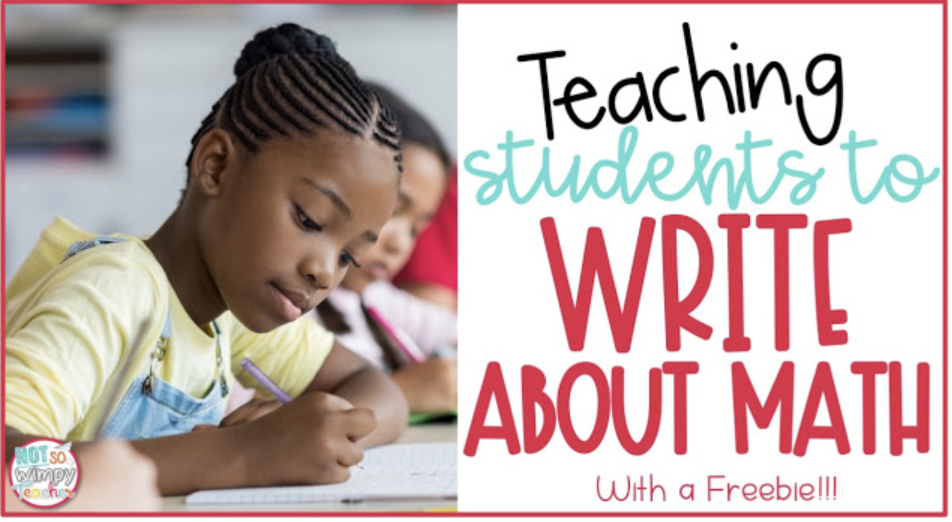
I know it’s important for students to write about math. But when I added math journaling to my math routine, I am not going to lie, it was PAINFUL! My students would often just write one word answers. And the ones who wrote a paragraph made NO sense.
Reading them was my least favorite teacher task and always made me feel like my students just weren’t getting it.
And it dawned on me-I had been teaching math, but had failed to teach them how to explain their thinking!
Fast forward a few years and lots of tears and tacos later- I think I have finally figured out how to teach my students to write about math.
Let me share the step-by-step lessons that made a huge difference for my students.
If you prefer listening to this content via podcast, I have that too!
I elaborate on all five steps in my process below. I would also be happy to send you a little cheat sheet to help you to remember the process later when you’re writing lesson plans.

Day 1: Teacher Modeling
In my classroom, the first day of teaching students to write about math is all about the teacher. I will be doing all of the work today. #eatyourwheaties
I display or write the math prompt on my board. Then I carefully read the prompt (more than once) as I think aloud.
Next I underline and circle key words and chat with myself about what operation or steps I need to use to solve. I will draw a picture or other visual representation of the problem. After that, I write a complete paragraph to answer the prompt. Finally, I use one of our math journal sentence starters.
I go back and reread my answer to make sure it makes sense and that I used proper spelling and grammar.
Once I am finished, I display my rubric and check my work using the guidelines, and I make adjustments to my answer.
This is key: I do NOT ask for any input from the students.
Yup, you read that correctly. This actually makes my students uncomfortable because they are so used to leading and driving class discussions. Many students will put their hand up in the air to try and offer suggestions or answers. I do not call on them.
Trust me- this is not the norm in my class, but I have discovered that many students NEED to see me do a journal prompt. They can’t be distracted with having to write or come up with answers. Students have trouble listening when their hand is in the air or when they are trying to form a response in their head. They just need to listen to me think through the problem.
I know this is not engaging, but it has made a huge difference in my students’ understanding of math journal expectations.
To spice it up, at the end of the lesson, have students tell their partner some things that they noticed you did while writing about math. You could make a list or an anchor chart if you have time.
Day 2: Teacher Guided
The next day, I open the lesson by reminding them about the way I read, drew and wrote about math the day before. You could have them share again with their partner.
Next, I give every student the exact same prompt. We add them to our math journals. Be sure to give expectations for how you want these glued in! I had a little guy glue his to the middle of the page. Sigh…
I still display the prompt on the board, but I ask students for input.
What should we do first? Can you find any key words? What are we being asked to do? Which operation do we need to use? Would a drawing help? What kind ? What kind of math vocabulary can we use?
I still draw the picture and write the paragraph, but I do it with their input. I guide them. And I strongly encourage them to write the answer just like mine. They are practicing the writing, but are not having to come up with the answer on their own.
Plus, they will have a sample in their notebooks or a journal prompt done to your standards. They can refer to it later when they are journaling independently.
After we write, we get the rubric out. (I have all my students keep one in their notebook for simple reference.) We grade our response together and then make adjustments to meet the expectations. Don’t skip this part! Students need to understand how they will be assessed. They need to understand the expectations and practice going back to revise.
I like to close with a quick pair share. What steps do mathematicians take when writing about their thinking?
Day 3: Pair Share
I love day three because I start to hear students talking just like me. That always makes me smile!
Today, I start by reviewing the things we have talked about. I have students glue the prompt into their notebook and then I have them work with their shoulder partner to complete the prompt.
While they are working, I walk the room and give lots of reminders. Don’t forget to draw a picture. Don’t forget to write in complete sentences. Did you use any math vocabulary? Most of my kids do a pretty good job on this day. A few partners need more help than others. I focus my efforts on these students.
When most students are done, I like to have a few students share their responses. I carefully select students to showcase. As a class, we use the rubric to assess their responses. Then, I have students work on assessing their own writing. Students are always very proud of their work!
Day 4: Guided Math Group
Day four is the first day that I ask students to complete the journal prompt on their own.
The only catch is that I have them do it during their guided math group. I observe carefully as students work independently. I will offer reminders if I see kiddos forgetting things. If I see a student who is way off base, I will assist them. Since I only have 6-8 students in each math group, this day really gives me a chance to observe and informally assess.
When they are done, we will use the rubric to assess all of their writing. We will end the group talking about any changes we need to make for the next time.
I keep a list of students who might need some intervention or are not ready for independent journaling. I want to be sure and pull these students for an extra practice session very soon. It’s important for me to decide if they are struggling with the journaling or with the math skill. These observations help me to guide future instruction with each group.
Day 5: Independent
The final step is to have students complete journal prompts independently.
I often have them do this during an independent math center. Be sure to choose prompts that cover skills you have already taught in great detail. If you use brand new skills, students are usually not able to dig deep enough to complete the journal prompts. I usually choose topics from the previous unit.
You can also differentiate by giving different prompts to each of your groups. I only give one per week, but you can easily give more.
At first, I grade every student’s journal prompts at the end of the week. #gulp
This is not easy! I use the same rubric that the kids have. I like to write them some little notes too. We are having a mathematical conversation!
After a couple of weeks, I have a list of students who are strong math writers, some who are close and some who are still struggling. I will no longer grade every person’s prompts every week. I just don’t have time for that! Those who are doing well, may only have one prompt per month graded. Those who are approaching may have two prompts a month graded. My strugglers will practice more in guided math groups until they are ready. I give them very regular feedback.
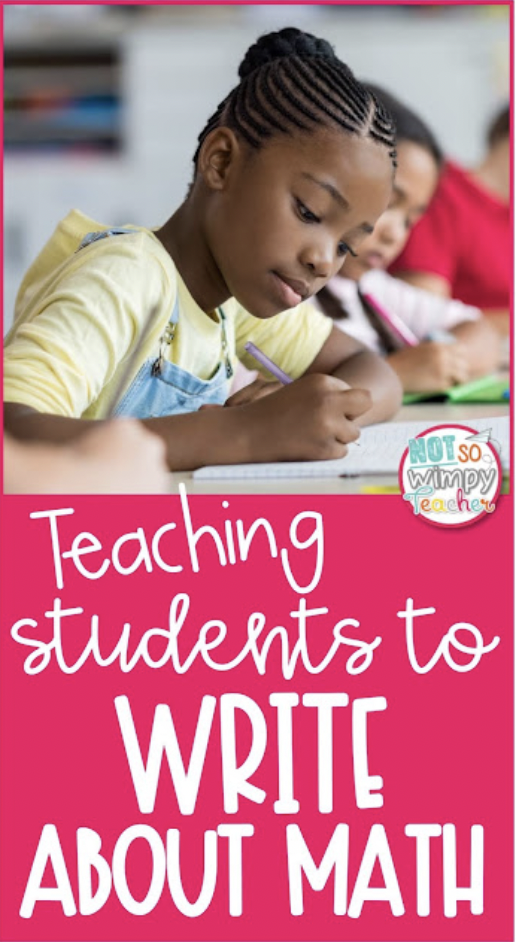
This five day procedure has been very successful in my classroom. Even my lowest writers are doing a fair job. They have room to improve, but their responses don’t bring me to tears anymore!
Have a Not So WImpy Day,


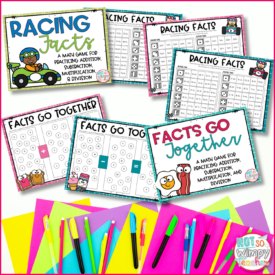
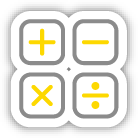
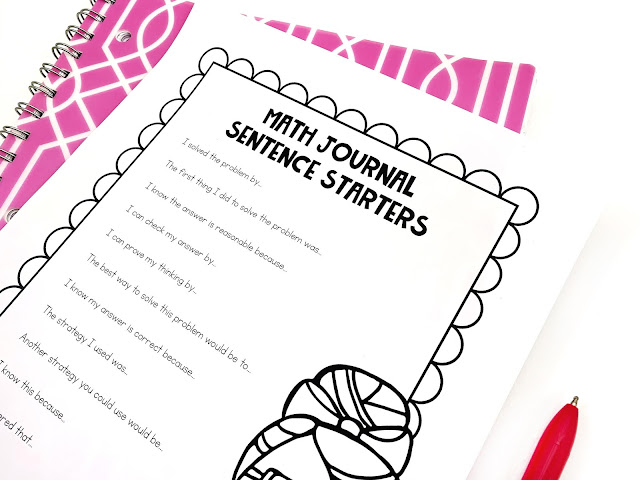
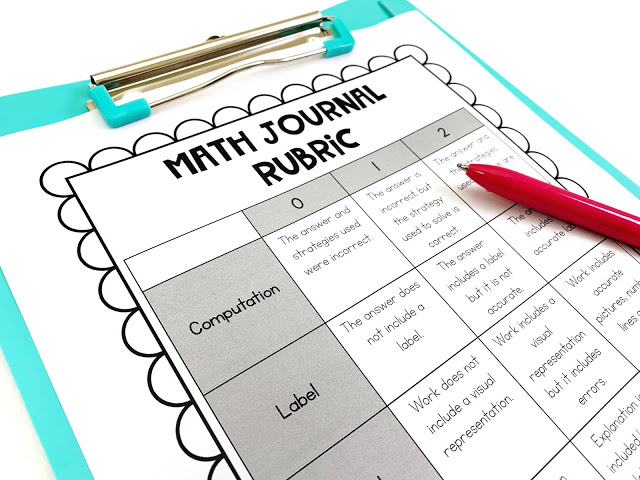
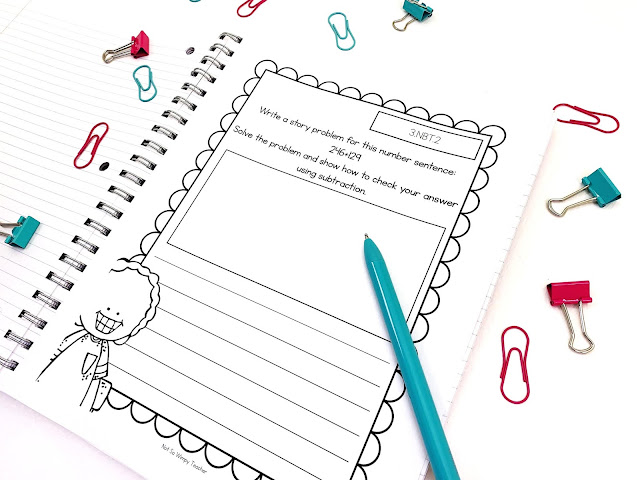


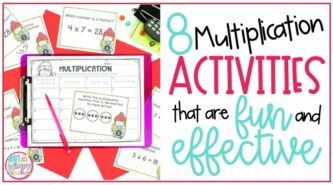
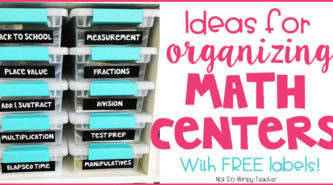
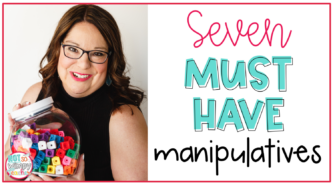











 End of Year Carnival Week for grades 2-5!
End of Year Carnival Week for grades 2-5!
Leave a Comment